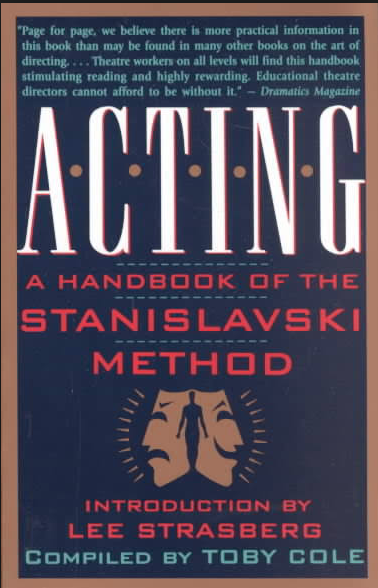Interpreting in 2018 is becoming progressively more of an audiovisual experience in remote encounters, than the face-to-face meetings of the past. As such, in my opinion, there is one issue that interpreters of the 21st century need now more than ever: EMPATHY, the ability to understand and SHARE the feelings of another human being.
As a trained actor from my days of youth, I believe that many of the techniques that are used by actors should be used by remote interpreters; as conduits of the thoughts of another being, those thoughts never exist in a vacuum. Thoughts are intimately related not only to our culture and the patterns of our society but also to our feelings, for thoughts control feelings (and feelings influence thoughts).

Good actors make us suspend disbelief and see THROUGH them the character that they are portraying. We see those “other” human beings (they portray) in all their strength and frailty because the actors are able to get themselves “out of the way” and BECOME a true conduit of the thoughts and feelings of the character they portray.
Good actors, therefore, achieve selfless results (i.e., we see “another” instead of the actor) by developing total EMPATHY for their character. So too, it is my belief, that we, as interpreters, are conduits for the expression of another’s words and feelings. In that sense, it is too little to ask that we “simply” convey words. We MUST convey the words in total accuracy, but we must ALSO convey the thoughts and feelings that are attached to those words. EMPATHY allows us to do so, or at least to try our best. It is this human-ness that will indeed separate us from the likes of bilingual Siris!
In accordance with the website “Skillsyouneed.com“:
Empathy is, at its simplest, awareness of the feelings and emotions of other people. It is a key element of Emotional Intelligence, the link between self and others, because it is how we as individuals understand what others are experiencing as if we were feeling it ourselves…
Three Types of Empathy
Psychologists have identified three types of empathy: cognitive empathy, emotional empathy and compassionate empathy.
Cognitive empathy is understanding someone’s thoughts and emotions, in a very rational, rather than emotional sense.
Emotional empathy is also known as emotional contagion, and is ‘catching’ someone else’s feelings, so that you literally feel them too.
Compassionate empathy is understanding someone’s feelings, and taking appropriate action to help.
So, how do we develop EMPATHY? There are many techniques and exercises. I found some very interesting by Martha Beck, appropriately called The Empathy Workout:
[Excerpts]
EXERCISE 1: LEARNING TO LISTEN
…start with conversation. Once a day, ask a friend, “How are you?” in a way that says you mean it. If they give you a stock answer (“Fine”), repeat the question: “No, really. How are you?” You’ll soon realize that if your purpose is solely to understand, rather than to advise or protect, you can work a kind of magic: In the warmth of genuine caring, people open up like flowers….
EXERCISE 2: REVERSE ENGINEERING
Some mechanical engineers spend their time disassembling machines to see how they were originally put together. You can use a similar technique to develop empathy, by working backward from the observable effects of emotion to the emotion itself. Think of someone you’d like to understand…Remember a recent interaction… Now imitate, as closely as you can, the physical posture, facial expression, exact words, and vocal inflection they used during that encounter. Notice what emotions arise within you. What you feel will probably be very close to whatever the other person was going through…
EXERCISE 3: SHAPE-SHIFTING
In folklore, shape-shifters are beings with the ability to become anyone or anything. As a child, I was fascinated by this concept and used to pretend that I could instantaneously switch places with other people, animals, even inanimate objects… I recommend you try it, soon. See that strange man in the orange polyester suit putting 37 packets of sweetener into his extra-grande mochaccino with soy milk? What if— zap!—you suddenly switched bodies with him? What would it be like to wear that suit, that face, that physique? What impulse would lead to sugaring a cup of coffee like that, let alone drinking it?
EXERCISE 4: METTA-TATION
World-class empathizers…conduct a daily regimen of metta, or lovingkindness, meditation. This involves focusing all of one’s attention on a certain individual and offering loving wishes to that person with each breath you take, for several minutes at a time. Classic metta practice starts with your own sweet self. For five minutes, with each breath, offer yourself kind thoughts… Then switch the focus of your kind thoughts onto a friend or family member. When you feel a sense of emotional union with that person, target someone you barely know….
ACTION ITEM: Give it a try!

[Originally posted on WordPress by Claudia Brauer (BrauerTraining)]